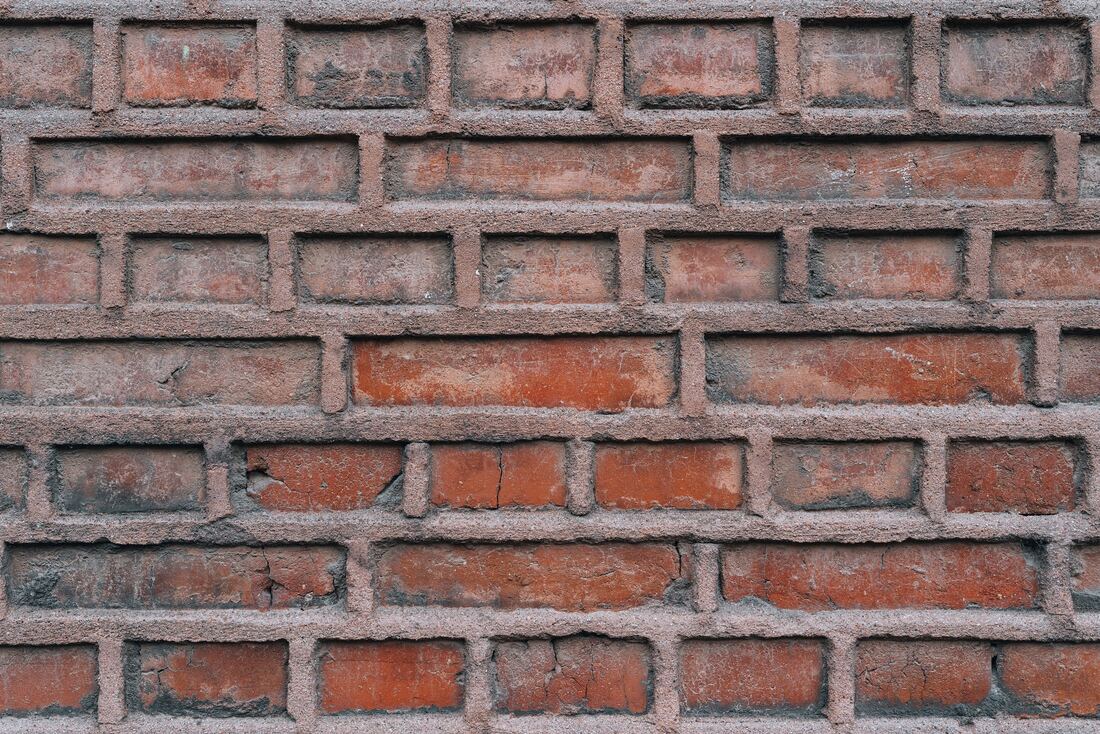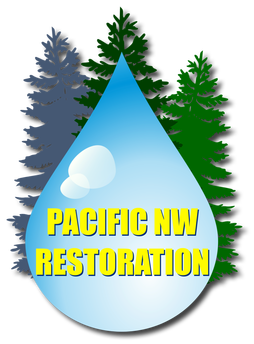|
Do you have unexplained respiratory problems, persistent headaches, or skin irritation? These symptoms may be a sign of mold exposure. Mold is a type of fungus that can grow in damp and poorly ventilated areas, and it is a common problem in many homes, schools, and workplaces. If left untreated, mold exposure can lead to long-term health complications, making it essential to identify the symptoms and take appropriate action.
Introduction to Mold Exposure Mold exposure occurs when you come into contact with mold spores. These tiny spores can be easily inhaled or ingested, leading to various health problems. Mold can grow anywhere but thrives in damp, humid, and poorly ventilated areas. It can be found in bathrooms, kitchens, basements, and other areas of your home or workplace. Symptoms of Mold Exposure Mold exposure can cause various symptoms, depending on the type of mold and the duration of exposure. Here are the most common symptoms of mold exposure: 1. Respiratory Problems One of the most common symptoms of mold exposure is respiratory problems. If you inhale mold spores, they can irritate your respiratory system, causing coughing, wheezing, and shortness of breath. In some cases, mold exposure can lead to asthma attacks, especially in people who already have asthma. 2. Allergic Reactions Mold exposure can also cause allergic reactions in some people. If you are allergic to mold, you may experience symptoms such as sneezing, runny nose, itchy eyes, and skin rash. These symptoms can range from mild to severe, depending on the level of exposure. 3. Headaches Mold exposure can also cause headaches, especially if you are exposed to it for an extended period. The toxins released by mold can affect your central nervous system, leading to headaches and migraines. 4. Fatigue If you are exposed to mold for an extended period, you may experience fatigue and weakness. Mold exposure can affect your immune system, leading to a decrease in energy levels. 5. Digestive Problems Mold exposure can also lead to digestive problems, such as diarrhea, nausea, and vomiting. These symptoms can occur if you ingest mold spores or toxins. 6. Skin Irritation Mold exposure can also cause skin irritation, such as rashes, hives, and itching. These symptoms can occur if you come into direct contact with mold or its spores. How to Identify Mold Exposure Identifying mold exposure can be challenging, as the symptoms can be similar to other health conditions. However, if you suspect that you have been exposed to mold, here are some steps you can take: 1. Look for Visible Signs of Mold The first step in identifying mold exposure is to look for visible signs of mold in your home or workplace. Mold can appear as black, green, or white spots on walls, ceilings, and floors. It can also have a musty smell, especially in damp areas. 2. Check for Water Damage Mold typically thrives in damp and humid areas, so checking for water damage is essential. Look for leaky pipes, water stains, and condensation on windows. If you find any water damage, it is essential to fix it as soon as possible to prevent mold growth. 3. Consult a Professional If you suspect that you have been exposed to mold, it is essential to consult a professional. A mold inspector can test your home or workplace for mold spores and identify the type of mold present. They can also recommend the best course of action to remove the mold and prevent its return. Final Thoughts Mold exposure can be a serious issue that requires immediate attention. The symptoms of mold exposure can range from mild to severe, and if left untreated, they can lead to long-term health complications. Therefore, it is essential to be proactive in identifying and addressing mold growth in your home or workplace. By taking the necessary steps, such as looking for visible signs of mold, checking for water damage, and consulting a professional, you can protect yourself and your loved ones from the harmful effects of mold exposure. Get rid of mold in your home with the help of Pacific NW Restoration. We are a professional restoration company that provides mold remediation services. Our team will salvage as much as possible while doing what it takes to ensure the safety of you and your family in your home. Get in touch with us today!
0 Comments
Leave a Reply. |
Archives
July 2024
Categories |
HOME | SERVICES | ABOUT US | SERVICE AREA | FAQ | CONTACT US
PACIFIC NW RESTORATION
7275 SW 195th Avenue #201
Beaverton, Oregon 97007-5524
503-444-8909
[email protected]
www.PortlandWaterDamageRestoration.com
Beaverton, Oregon 97007-5524
503-444-8909
[email protected]
www.PortlandWaterDamageRestoration.com
PACIFIC NW RESTORATION IS FULLY LICENSED, BONDED & INSURED
OREGON C.C.B. #218307
Copyright @ 2017 | Pacific NW Restoration | All Rights Reserved


 RSS Feed
RSS Feed
